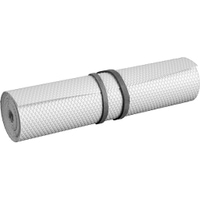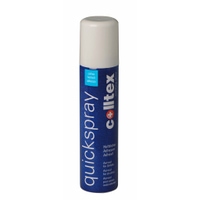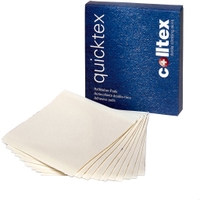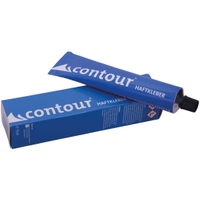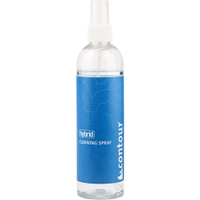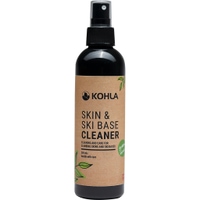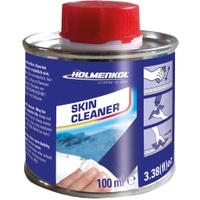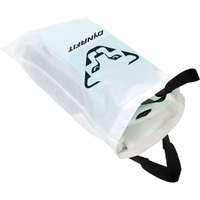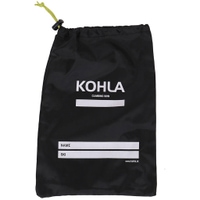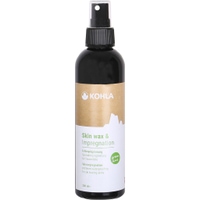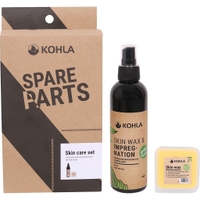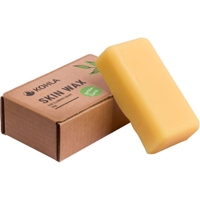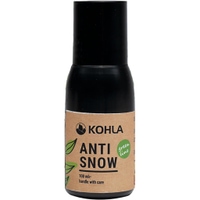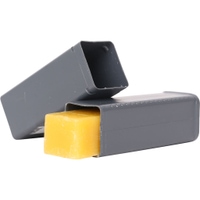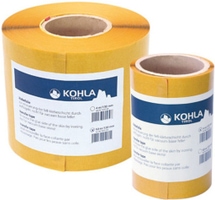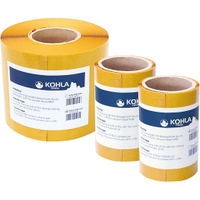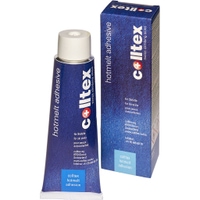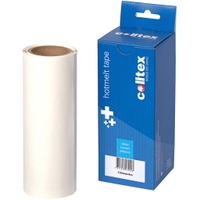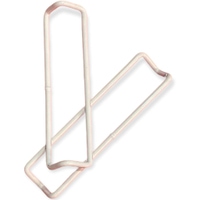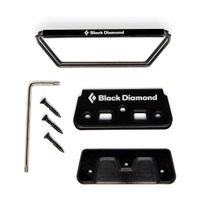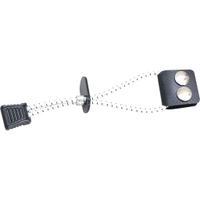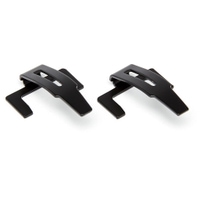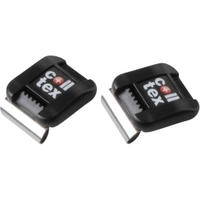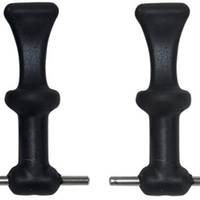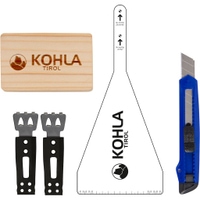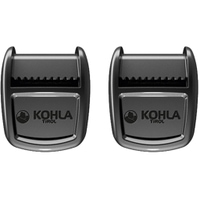It doesn’t matter whether you’re on a splitboard or on skis – ski mountaineering and splitboarding triggers true feelings of happiness. Your skins are your most important friend and helper. As in all other matters, one should take care of good friends – Your skins will also benefit if they receive regular attention. With the right care, they won’t let you down in the future, so nothing stands in the way of breathtaking tours. Please read on if you want to know how to take good care of your skins.
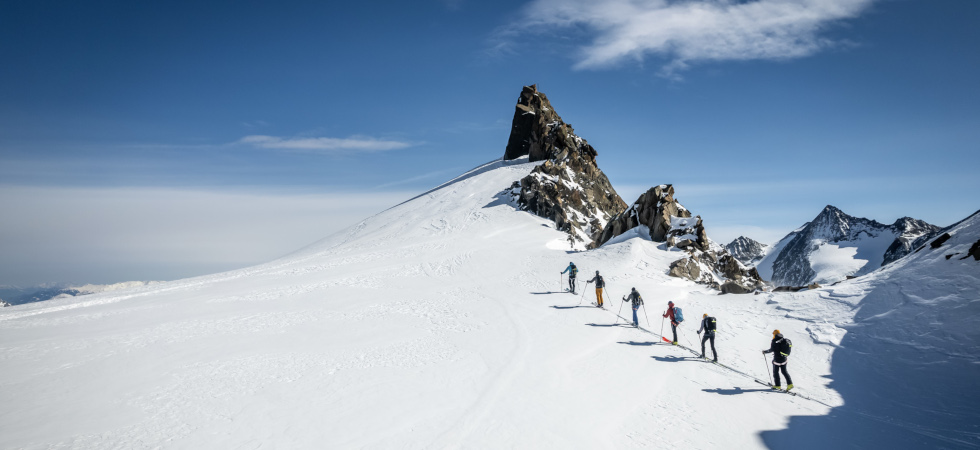
Before the first tour: waterproofing
Ideally, you should impregnate your skin before the first tour. In this way, the skin glides optimally and is protected against the annoying problem of snow sticking on the plush side of your skins. Applying water repellent is essential in spring. At this time of year, the temperature differences are often very large, making clumping more likely.

The water-repellent makes the skin less susceptible to moisture. Easy-to-use sprays or waxes are available for this purpose. The wax must be applied carefully with the iron on a low setting. The KOHLA brand shows how this works in this blog post.
It is also important that both moisture and dirt are wiped off the ski or board surface before applying the skins. Wax residues also impair the adhesive properties of the skins in the long run. That’s why touring skis and splitboards should always be carefully stripped and brushed after waxing.
During the tour: treat with care is the motto!
If you take care of your skins during the tour, there is a good chance that you will give them a long product life, and you will have much more fun on the tour. Because skins that are no longer adherent or extreme lug formation can quickly ruin what is actually a nice tour. Avoid puddles and very wet snow whenever possible. The Kohla Greenline Skin Wax is available in a handy “to go” format for waterproofing on tour.
In addition, any dirt that you encounter on the tour can damage the skins. Above all, resin, tree needles and gravel quickly stick to the skins. Root and rock contact may irreversibly damage the skins. A well-laid track is easy on the nerves and protects the skins.

As soon as you have reached your maximum height, you will remove the skins. Make sure you are standing in clean snow, otherwise you will collect unpleasant souvenirs such as pine needles, moss and small stones in the glue.
Many manufacturers supply separating foils that are applied to the adhesive side of the skins after the ascent. These not only protect the glue, but also make it easier to reattach the skins. The separating film is not mandatory for some products, but is often recommended. If you ever lose it, the film is also available in our shop.

It is also important that you store the skins properly, as the glue is temperature sensitive. It is best to keep them close to your body during the tour, otherwise the adhesion could suffer. This is especially critical on very cold days and when you have multiple ascents and descents on tour. Some touring jackets even have an integrated compartment for this purpose. In an emergency, special adhesive pads or the Colltex quick spray can help.
Foils and glues during your tour:
After the tour is before the next tour
Once you have finished the tour and returned home, the aftercare continues. This means that the skins are already ready for your next adventure. The first step is cleaning: First you remove small dirt. If these are deep in the fur, tweezers can be helpful. Some manufacturers also offer cleaning sets that make this step easier for you. It is best to use a cotton cloth to wipe the skins. If fringes have formed on the skins during your tour, carefully cut them off with nail scissors.
Cleaning:
Once all dirt has been removed, the skins are allowed to dry. However, they should not be exposed to excessive heat – storage near the radiator or in the sun is therefore a no-go. Hang them up at room temperature – the skin’s glue feels most comfortable here and will thank you with longevity.
After these skins are dry, most manufacturers recommend re-impregnating them with sprays or wax. The best thing to do after buying the skins is to read what the manufacturer of your skin recommends. A skin bag, which is usually included with the skin when purchased, is suitable for storing the skins. Dust and other dirt cannot harm the skins during their summer sleep.
Water repellent and bags:
Sustainably on tour: green care
More and more climbing skin manufacturers are offering environmentally friendly care for their climbing skin products. For example, KOHLA has developed a care series with the University of Innsbruck that is biodegradable. Therefore, according to the manufacturer, Green Line products are harmless for use in nature. The line includes a coat wax, a skin & base cleaner, an anti-snow spray for shoes and ski surfaces and an impregnation spray for the skin side.
Kohla Green Line:
You can do that too! Carry out small repairs yourself
Renew adhesive layer
Do you have skins with a classic adhesive, and they no longer stick properly to the ski or splitboard? The adhesive properties of the glue can decrease over time after many tours. Fortunately, the manufacturers now offer smart products that you can use to easily renew the adhesive yourself.
Transfer tape can be used to renew the glue on the entire coat. However, it is important that you choose the right product for your skins! KOHLA distinguishes, for example, between Smart Glue and hotmelt adhesive.
Transfer foil and glues:
Replace brackets or convert head
If you lost a clip or the bracket for attaching the skin broke, you can easily replace them. Even if you have a new pair of skis but can and want to continue using the old skins, there are accessories to make the switch possible. There is a suitable fastening system for every type of ski or board:
Hooks and clips:
If your new skis are significantly narrower, you will have to cut the skins. We have written down how this works for you in this blog post.
For ski mountaineering and splitboard novices
Are you still at the beginning of your touring career? Then browse through our Ski Touring Guide to find the right skis for you and read the following blog post How to cut climbing skins about how your skins are tailored perfectly to your ski.


